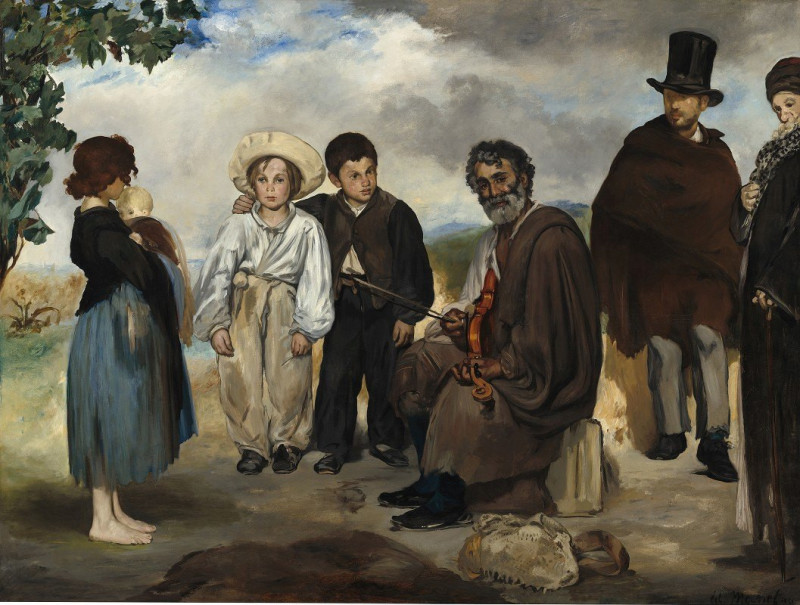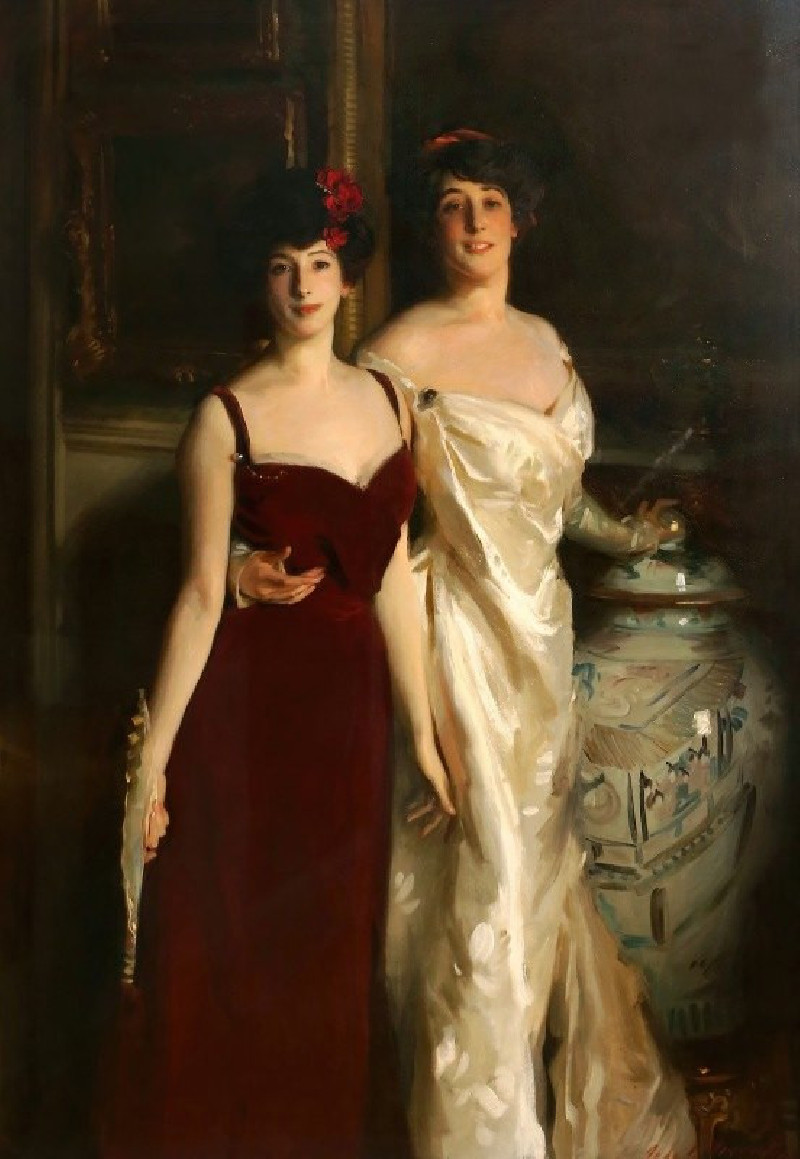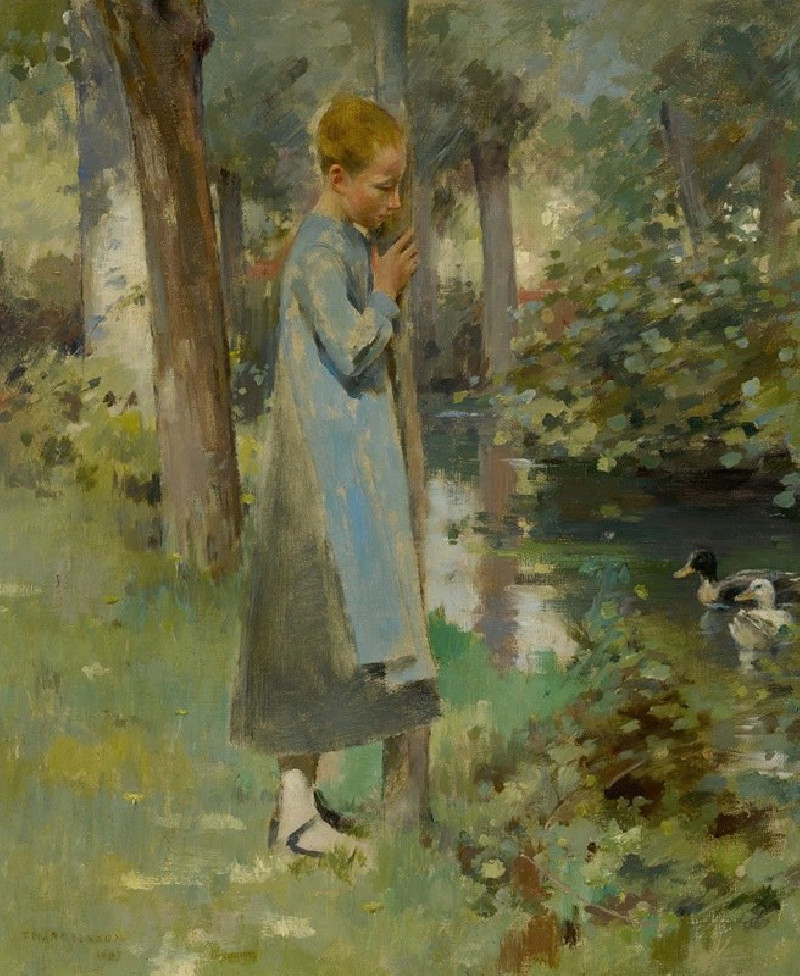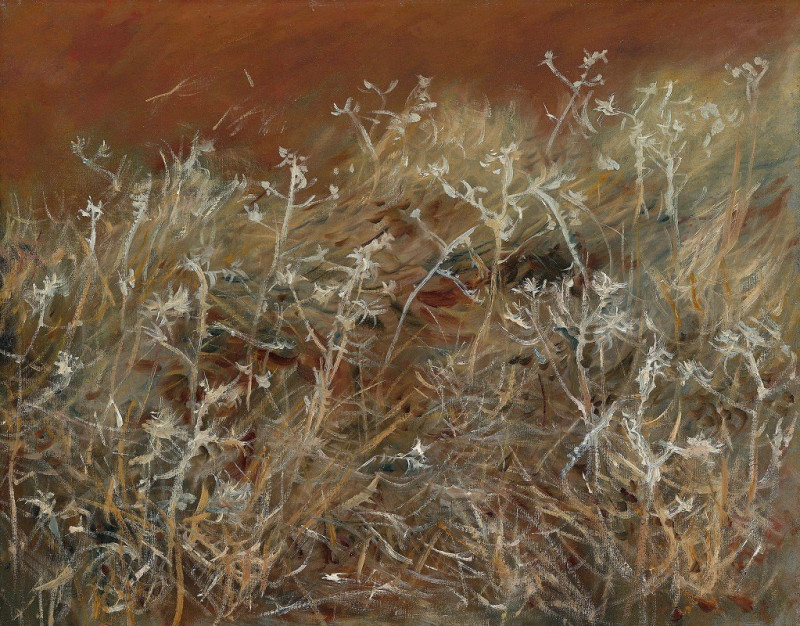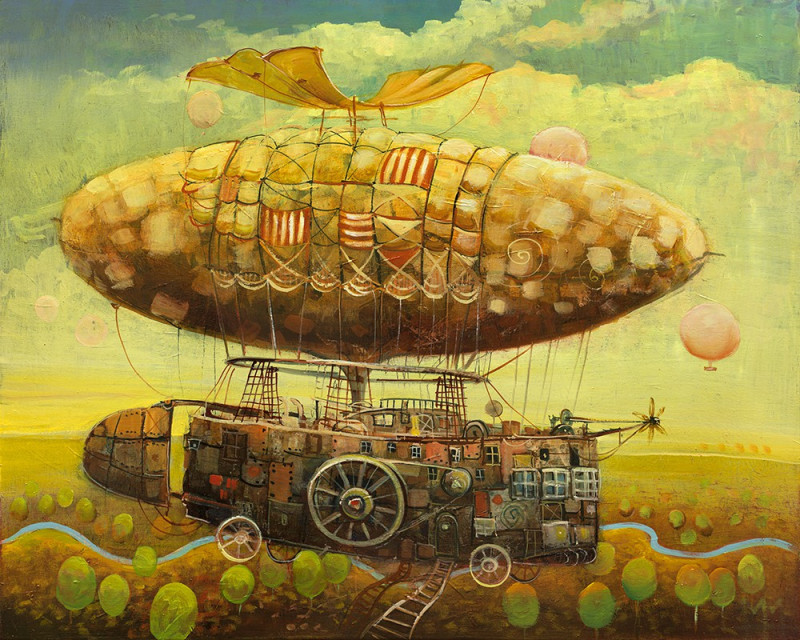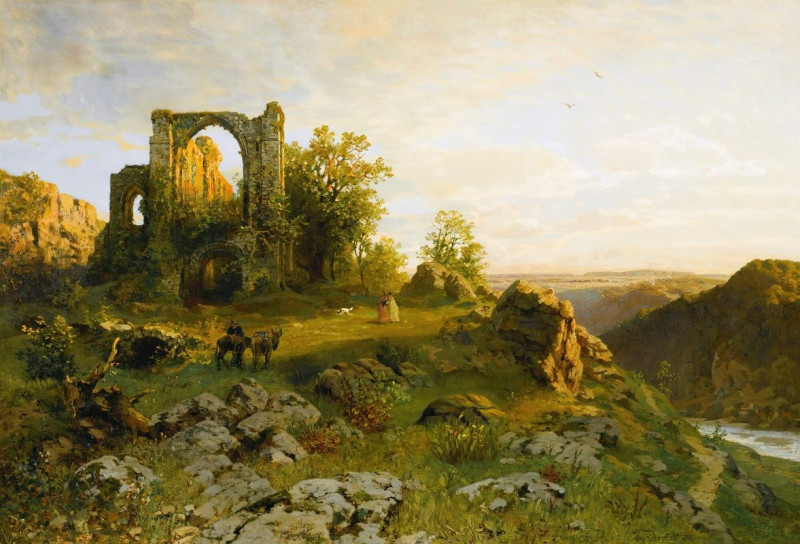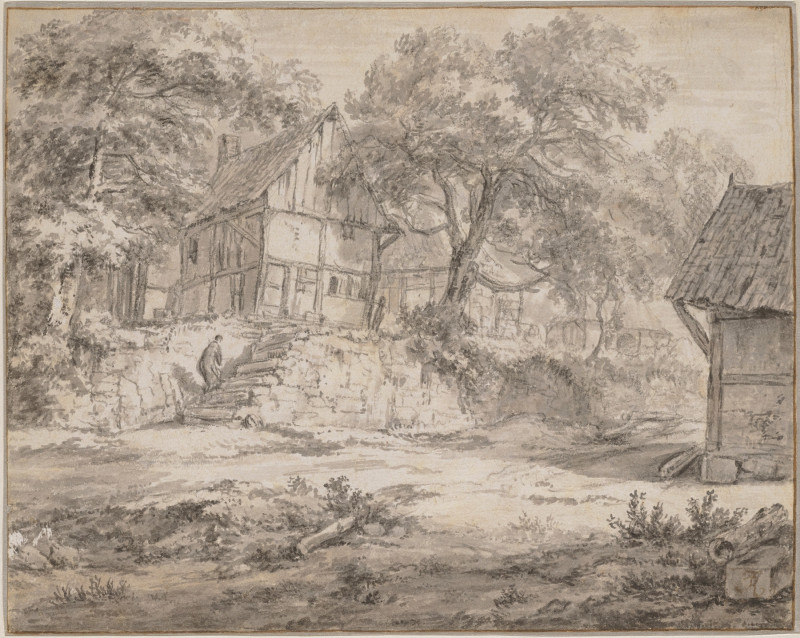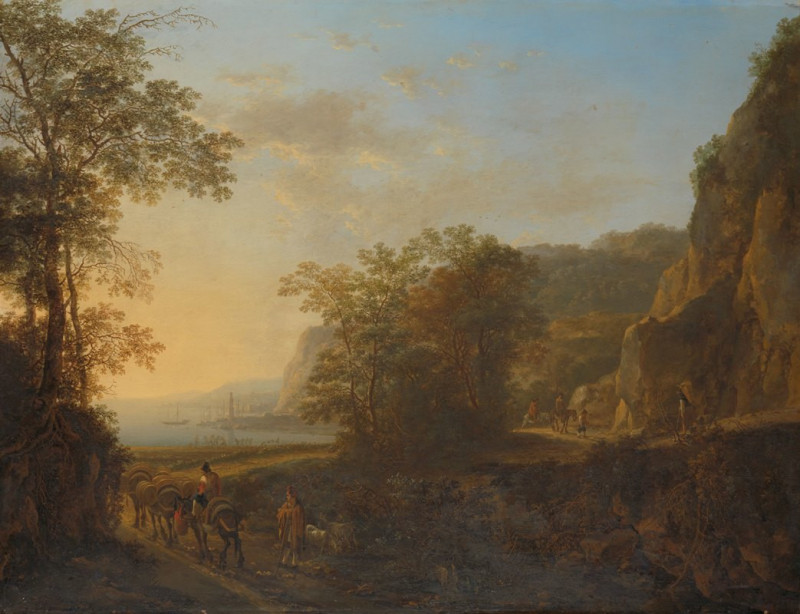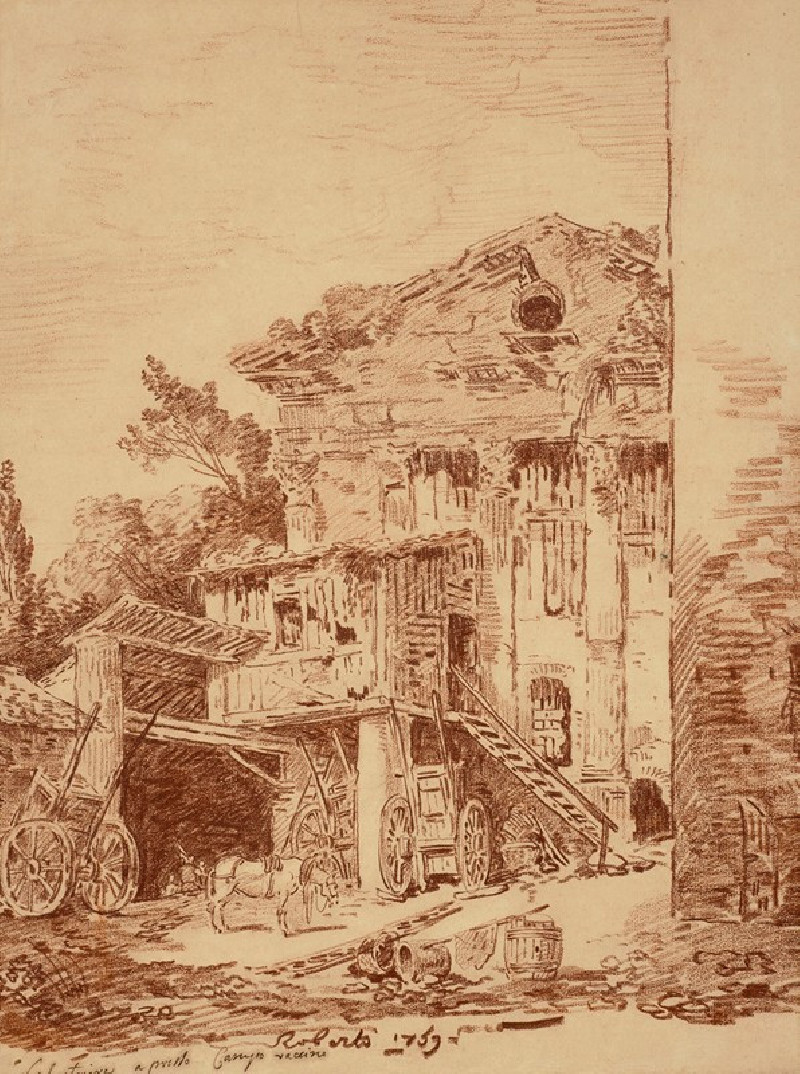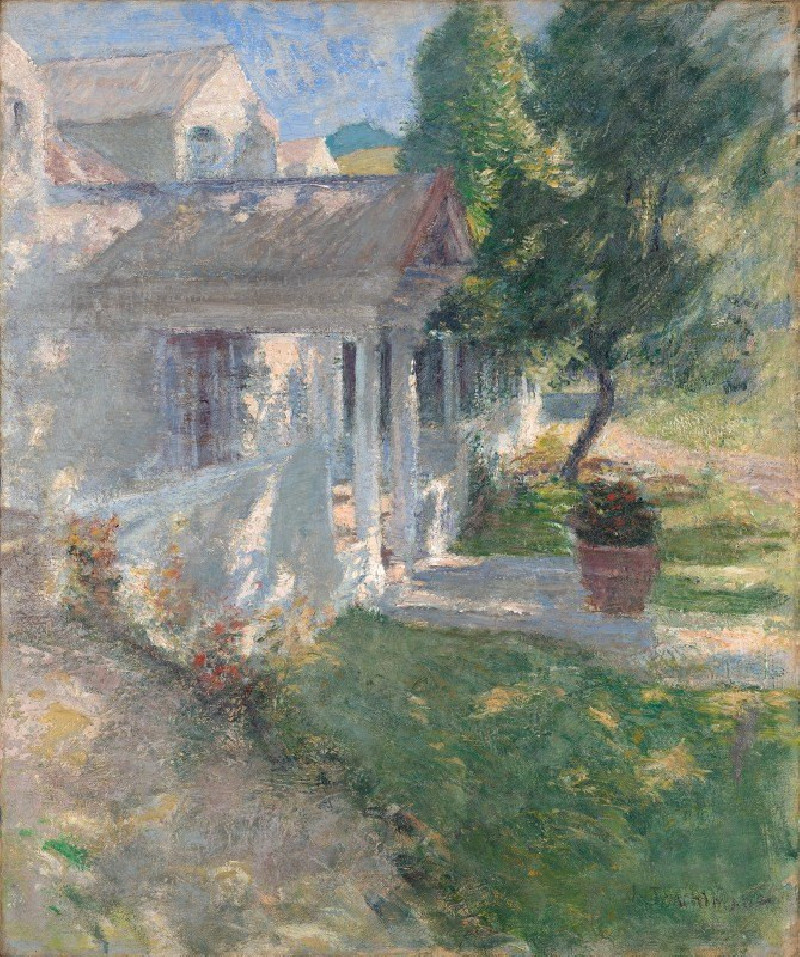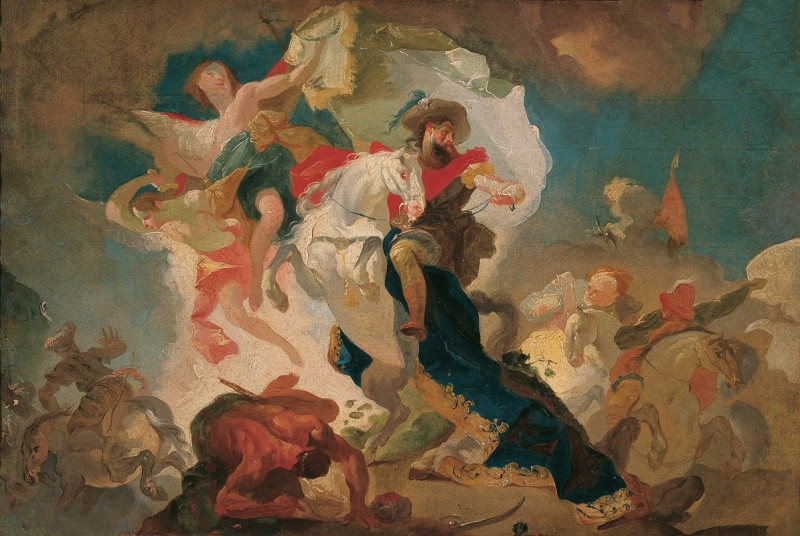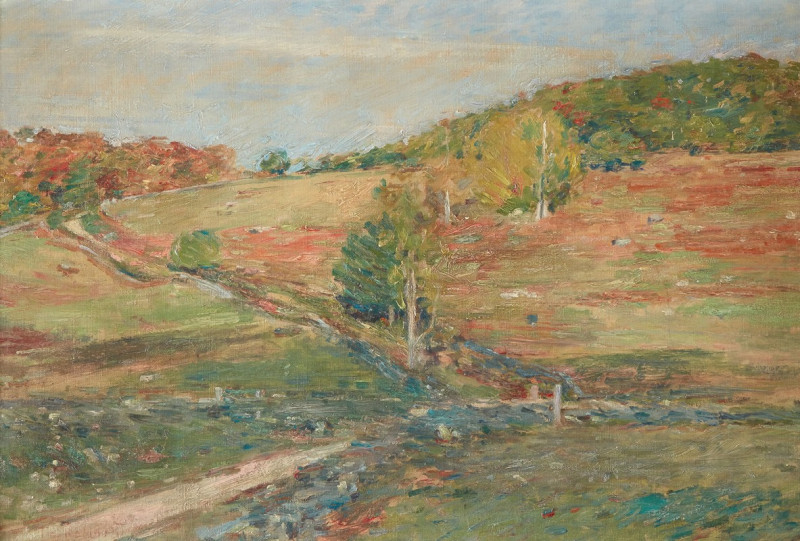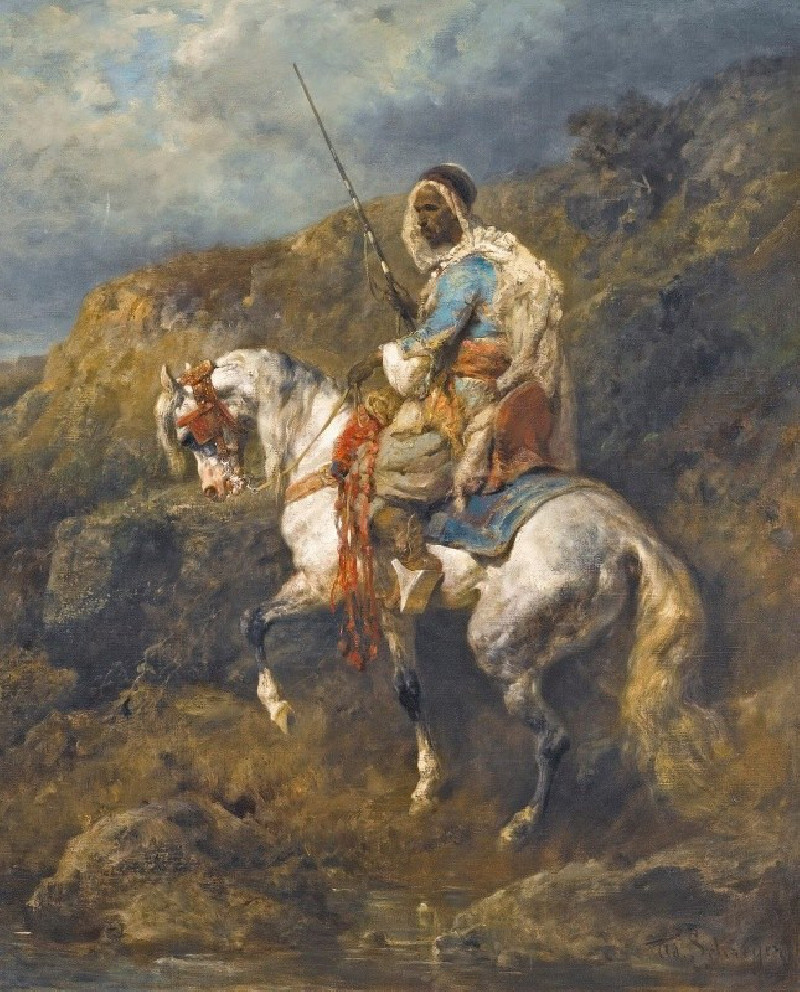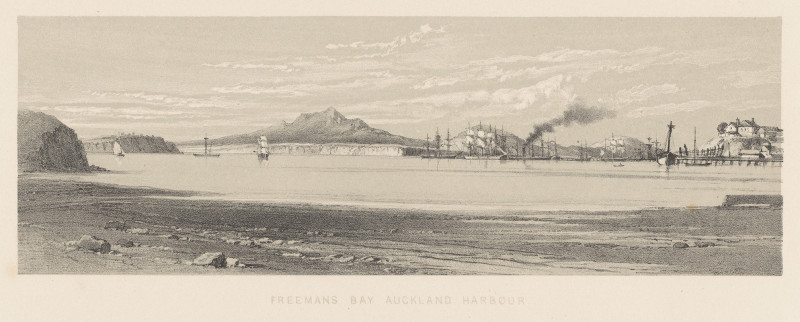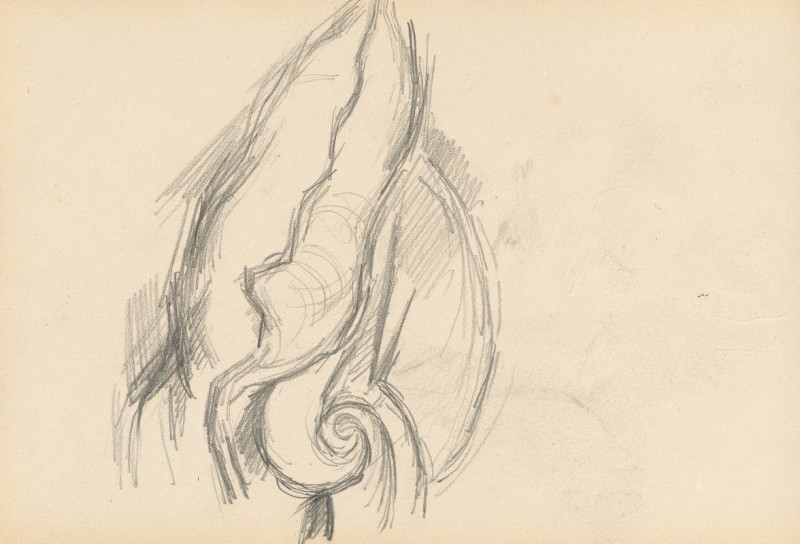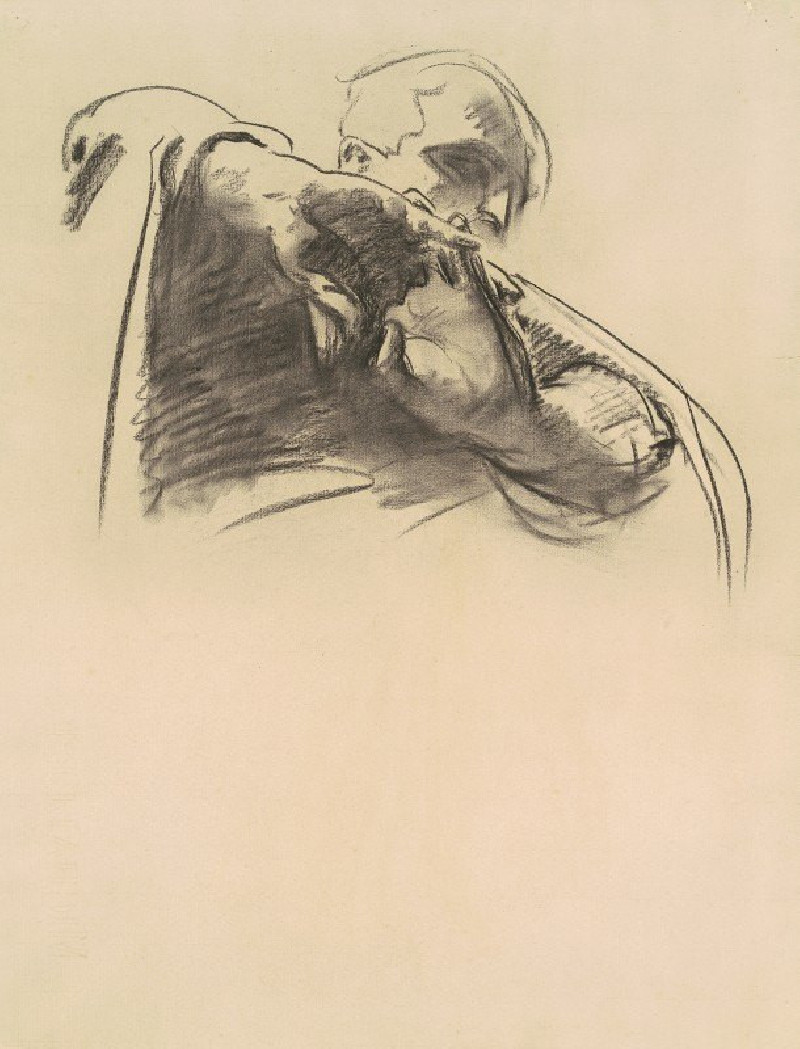The Old Musician (1862)
Technique: Giclée quality print
Recommended by our customers
More about this artwork
"The Old Musician" (1862) by Edouard Manet is a compelling large-scale oil painting displaying the raw and somber realities of life. This masterpiece captures a group of marginalized figures from Manet's own neighborhood, providing a window into the realities of Parisian life during the 1860s. At the painting's center sits an elderly musician, a violin nestled in his hands, who appears weary yet dignified amidst the struggles of daily survival.The composition includes various characters, each seemingly with their own stories, yet united by their shared conditions. To the left, a young woman holds an infant, embodying both tenderness and the hardship of motherhood in difficult circumstances. Beside her, two children—one barefoot—stand shoulder to shoulder, their faces reflecting the harsh realities of their young lives. To the right, a tall man in a top hat and a cloaked figure exuding an air of solemnity and mystery.Manet's treatment of these characters, with a neutral background and a soft, naturalistic light, draws attention to their expressions and humble attire. The landscape behind them, nondescript and barren, underscores their isolation and the bleakness of their social environment. The painting strikes a balance between realism and symbolism, inviting viewers to reflect on the often overlooked lives of the urban poor.In "The Old Musician," Manet not only portrays the social issues of his time but also pushes the boundaries of traditional figure painting, setting the stage for modern art's diverse narratives and forms.
Delivery
Returns
Édouard Manet (1832–1883) was a French modernist painter and one of the first 19th century artists to paint modern life. His impressionist style is characterized by relatively small and thin brushstrokes that create emphasis on light depiction. Manet was one of the key artists in the transition from realism to impressionism, along with Claude Monet, Edgar Degas, and Pierre-Auguste Renoir. However, he resisted involvement in any one specific style of painting, and only presented his work to the Salon of Paris instead of impressionist exhibitions. His early masterworks, The Luncheon on the Grass and Olympia, created great controversy and served as a rallying point for other young painters.

